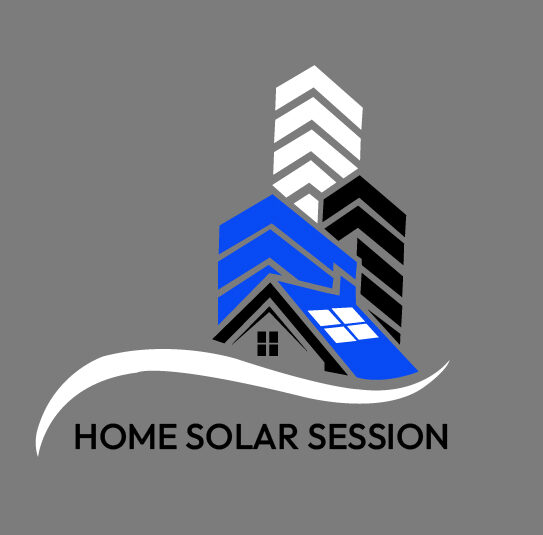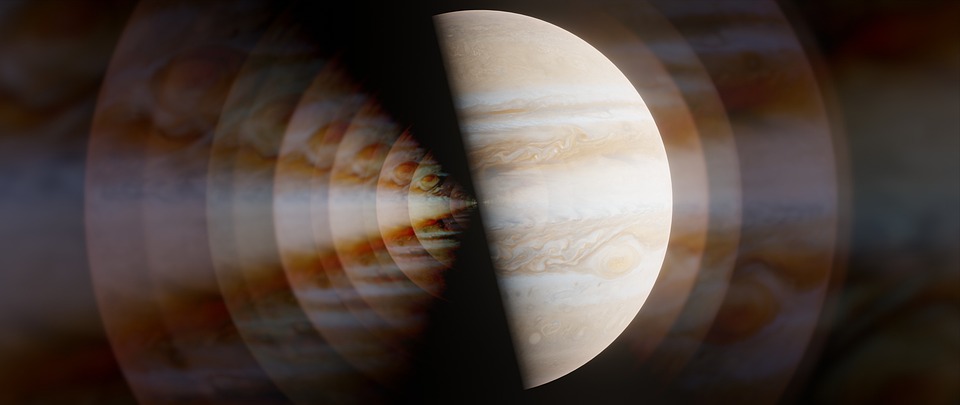Achieving the Perfect Solar System Design: Tips and Tricks
Solar energy has become an increasingly popular and cost-effective source of renewable energy. As a result, there is a growing interest in designing and installing solar systems for residential, commercial, and industrial use. However, achieving the perfect solar system design requires careful planning and consideration of several factors. In this article, we will explore some tips and tricks to help you design the perfect solar system for your specific needs.
Understanding Your Energy Needs
Before designing a solar system, it is crucial to understand your energy needs. Start by assessing your current energy usage and identifying areas where you can reduce consumption. This will help you determine the size and capacity of the solar system required to meet your energy needs.
For example, if you are designing a solar system for a residential property, consider the average daily energy consumption and peak usage times. Understanding these patterns will enable you to size the solar system appropriately and optimize its performance.
Assessing Your Location
The geographical location of your property plays a significant role in determining the efficiency of your solar system. Factors such as average sunlight hours, weather patterns, and shading from nearby buildings or trees can impact the performance of your solar panels.
Use online tools and solar maps to assess the solar potential of your location. For instance, the National Renewable Energy Laboratory (NREL) offers a solar resource and technical potential map that provides valuable information on solar potential across the United States.
- Consider the orientation and tilt of your roof to maximize solar exposure.
- Identify any potential shading obstacles and find ways to mitigate their impact on your solar system.
Choosing the Right Solar Panels and Components
When it comes to solar panel selection, there are various options available, including monocrystalline, polycrystalline, and thin-film solar panels. Each type has its own advantages and considerations, so it’s essential to choose the right panels based on your specific requirements.
Consider factors such as efficiency, longevity, and pricing when selecting solar panels and other system components. Additionally, explore options for inverters, batteries, and mounting systems to ensure a seamless and efficient solar system design.
Optimizing System Layout and Design
The layout and design of your solar system can significantly impact its overall performance. A well-optimized system layout takes into account factors such as panel orientation, tilt angle, and inter-row spacing to maximize energy production.
For example, an east-west orientation may be preferred for properties with limited roof space, while a south-facing orientation is optimal for maximum solar exposure. Additionally, the tilt angle of the panels should be adjusted based on your latitude to capture the most sunlight throughout the year.
Considering Energy Storage Options
If you are looking to maximize energy independence and resilience, consider incorporating energy storage solutions such as batteries into your solar system design. Energy storage allows you to store excess solar energy generated during the day for use during low sunlight or peak demand periods.
Various battery technologies, such as lithium-ion and lead-acid batteries, are available for residential and commercial solar systems. Evaluate the capacity, efficiency, and lifespan of different battery options to determine the most suitable choice for your needs.
Monitoring and Maintenance
Once your solar system is installed, it is essential to implement a monitoring and maintenance plan to ensure its long-term performance and reliability. Monitoring systems can provide real-time insights into energy production, system efficiency, and potential issues that may arise.
Regular maintenance, including cleaning the solar panels, checking for shading, and inspecting electrical components, is crucial to keep your solar system operating at its best. Consider working with a reputable solar installer who offers maintenance services or consult a professional for periodic system assessments.
Summary
Designing the perfect solar system requires careful consideration of various factors, including energy needs, location, component selection, system layout, energy storage, and ongoing maintenance. By understanding these key aspects and implementing the tips and tricks discussed in this article, you can achieve an efficient and effective solar system design tailored to your specific requirements.
Remember to leverage online resources, consult with solar professionals, and stay informed about the latest advancements in solar technology to ensure your solar system design is the best it can be.


Pingback: Achieving the Perfect Solar System Design: Tips and Tricks – Home Solar Sessions
I don’t think the title of your article matches the content lol. Just kidding, mainly because I had some doubts after reading the article.
Thanks for sharing. I read many of your blog posts, cool, your blog is very good.